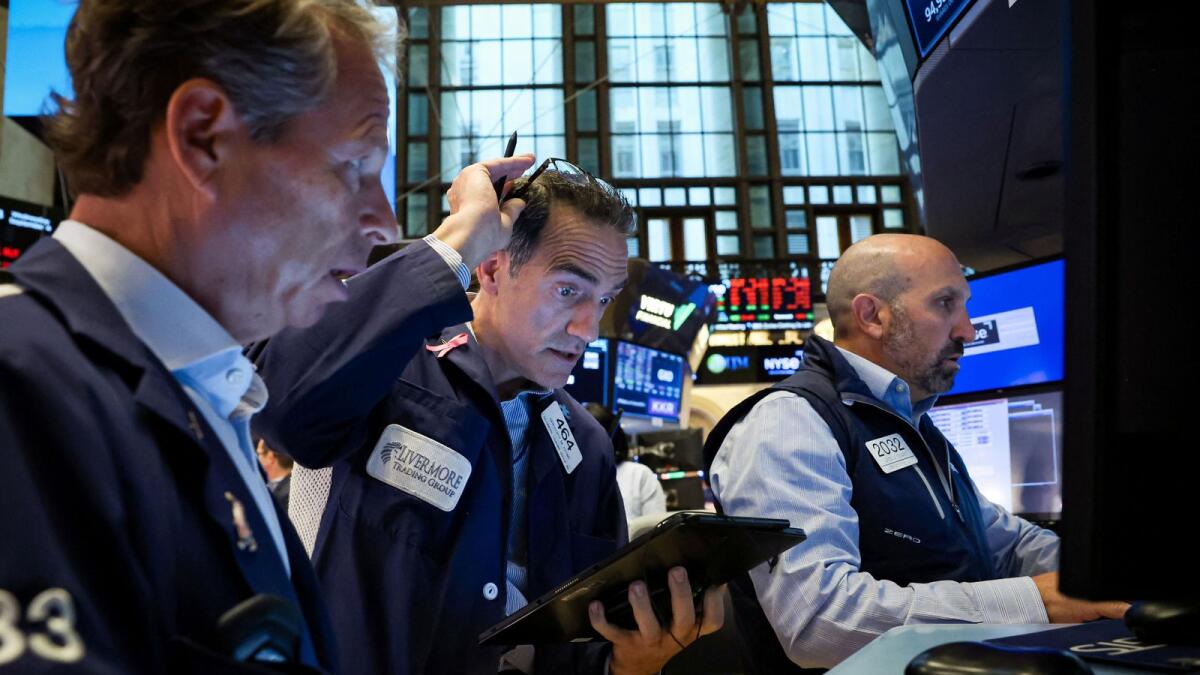The US economy’s health is currently facing uncertainty, which has led to increased volatility in the markets. Factors such as a potential shift in Federal Reserve policy, a tight US election, and concerns over stretched valuations are adding fuel to the already volatile period. The recent jobs data showed labor market momentum slowing more than expected, indicating a narrower path for the US to achieve a soft landing. This has raised fears that months of high borrowing costs may be pressuring the economy, affecting investor sentiment.
The Federal Reserve is expected to cut interest rates at the upcoming September meeting, but the data showing slowing momentum has revived concerns about the economy’s resilience. The S&P 500 has experienced a significant decline recently, dropping 1.7 percent on Friday and nearly 4.3 percent over the past week. High-flying technology names like Nvidia have also seen declines, contributing to the overall market uncertainty. The Cboe Market Volatility index reached its highest level in nearly a month, reflecting investors’ growing concerns.
Analysts and experts are divided on the market’s outlook, with some predicting a 25 basis point cut by the Fed and others advocating for a 50 bp reduction. The upcoming inflation data could provide further insights into the strength of the economy and help clarify expectations around rate cuts. Valuation concerns are also resurfacing, with the S&P 500 trading at a price-to-earnings ratio well above its historical average, raising questions about the sustainability of current market levels.
Amidst the market volatility, investors are closely monitoring the US presidential election, which is set to be a key event in the coming months. The race between Democrat Kamala Harris and Republican Donald Trump is attracting attention, with the first debate scheduled for Tuesday. September has historically been a challenging month for investors, with the S&P 500 experiencing significant declines. The recent market movements have left investors hoping for a soft landing but increasingly uncertain about the economy’s future trajectory.
Overall, the market’s uncertainty is likely to persist as investors navigate a complex landscape of economic data, Fed policy decisions, and political developments. The coming weeks will be critical in determining the market’s direction, with a focus on upcoming economic indicators and the Fed’s response. As volatility continues to dominate the markets, investors will need to remain vigilant and attentive to changing conditions to make informed decisions about their portfolios.










